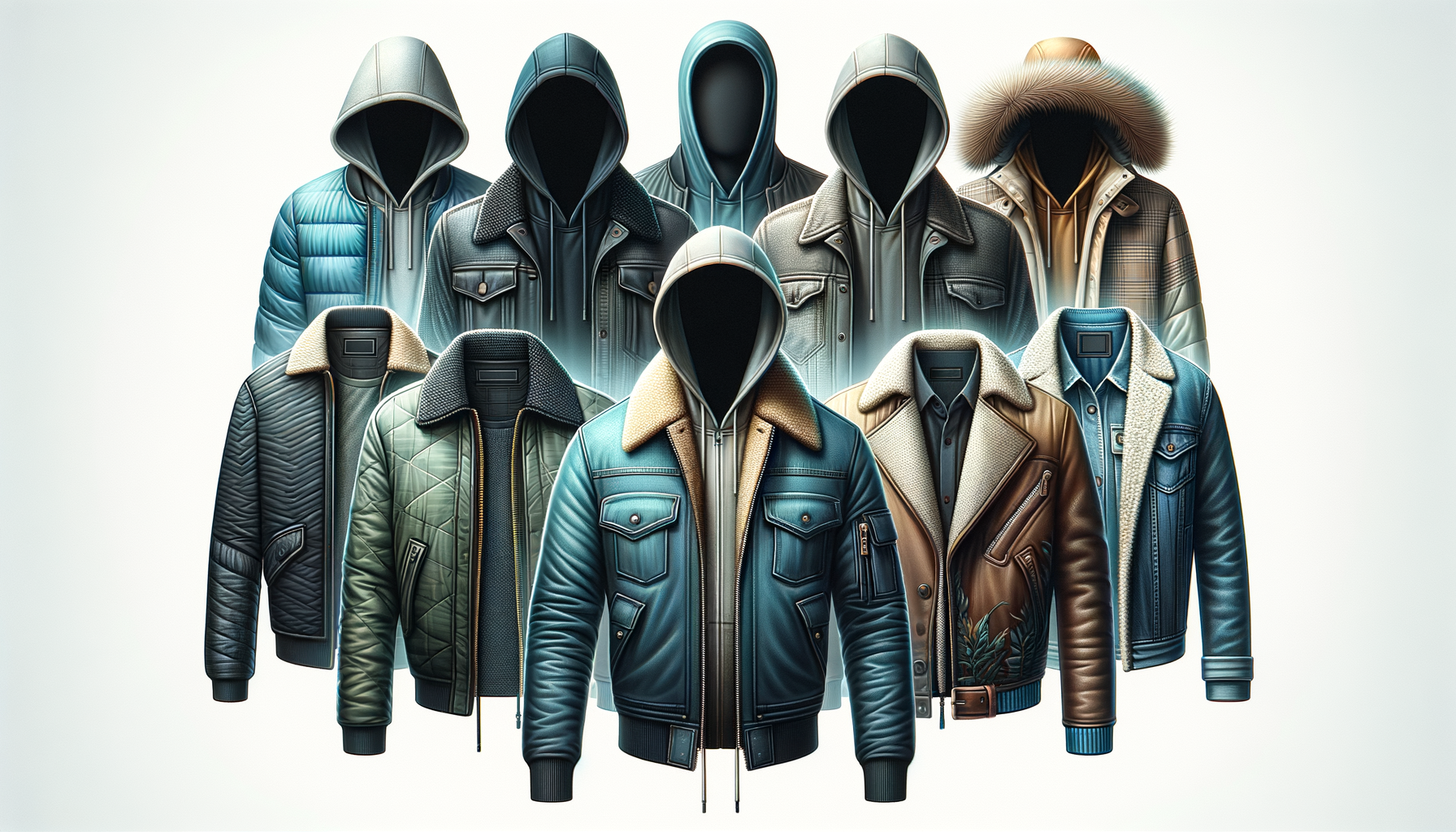
Versatile Jackets in Fashion.
The Evolution of Jackets in Fashion
Jackets have been an integral part of fashion for centuries, evolving from practical garments to style statements. Originally designed for protection against the elements, jackets have transformed into versatile pieces that cater to various fashion needs. The journey of jackets in fashion is a fascinating one, marked by changes in materials, styles, and cultural significance.
In the early days, jackets were primarily made from animal hides and wool, serving as essential outerwear for warmth. As textile technology advanced, so did the design and functionality of jackets. The 20th century saw the introduction of synthetic materials, making jackets lighter, more durable, and weather-resistant.
Today, jackets come in a myriad of styles, each serving a unique purpose. From the classic leather jacket to the sophisticated blazer, each type offers something distinct. Leather jackets, for instance, have moved from being associated with rebellion to being a staple in many wardrobes. Meanwhile, denim jackets have maintained their casual appeal, evolving with trends to remain relevant.
The evolution of jackets is also a reflection of societal changes. Military-inspired jackets, such as the bomber and trench coats, have crossed over into civilian fashion, symbolizing strength and resilience. As fashion becomes more inclusive, jackets are now available in a wide range of sizes and styles, catering to diverse body types and preferences.
Jackets as a Functional Fashion Staple
Jackets are not just about style; they are a functional necessity in any wardrobe. Their primary role is to provide warmth and protection, making them indispensable during colder months. However, the functionality of jackets extends beyond just keeping the wearer warm.
Modern jackets are designed with various features that enhance their practicality. For instance, many jackets now come with multiple pockets, offering convenience for carrying essentials without needing a bag. Some are equipped with hoods, adjustable cuffs, and ventilation systems, catering to outdoor enthusiasts who require gear that adapts to changing weather conditions.
The versatility of jackets also lies in their ability to be dressed up or down. A tailored blazer can elevate a casual outfit, making it suitable for a business meeting or a formal event. On the other hand, a lightweight windbreaker is perfect for a casual day out or a hike, providing both comfort and style.
Moreover, jackets have become a canvas for self-expression. With a range of colors, patterns, and embellishments available, individuals can choose jackets that reflect their personal style and mood. Whether it’s a bold, printed bomber jacket or a sleek, monochrome trench coat, the options are endless.
The Environmental Impact of Jacket Production
As with many fashion items, the production of jackets has a significant environmental impact. The choice of materials, manufacturing processes, and lifecycle of jackets all contribute to this impact. Understanding these factors is crucial for making sustainable fashion choices.
Traditionally, jackets were made from natural materials such as wool and leather, which have their own environmental implications. Wool production requires large amounts of land and water, while leather production involves processes that can be harmful to the environment. The introduction of synthetic materials like polyester and nylon has offered alternatives, but these come with concerns about microplastic pollution and non-biodegradability.
To address these issues, many brands are now focusing on sustainable practices. This includes using recycled materials, reducing water and energy consumption, and ensuring fair labor practices. Some companies have introduced jackets made from recycled polyester, reducing reliance on virgin materials and minimizing waste.
Consumers also play a role in the sustainability of jackets. By choosing quality over quantity and opting for timeless styles, individuals can extend the life of their jackets and reduce the need for frequent replacements. Additionally, proper care and maintenance can significantly prolong a jacket’s lifespan, further reducing its environmental footprint.
The fashion industry is increasingly aware of its environmental responsibilities, and the production of jackets is no exception. By making informed choices, both consumers and manufacturers can contribute to a more sustainable fashion future.